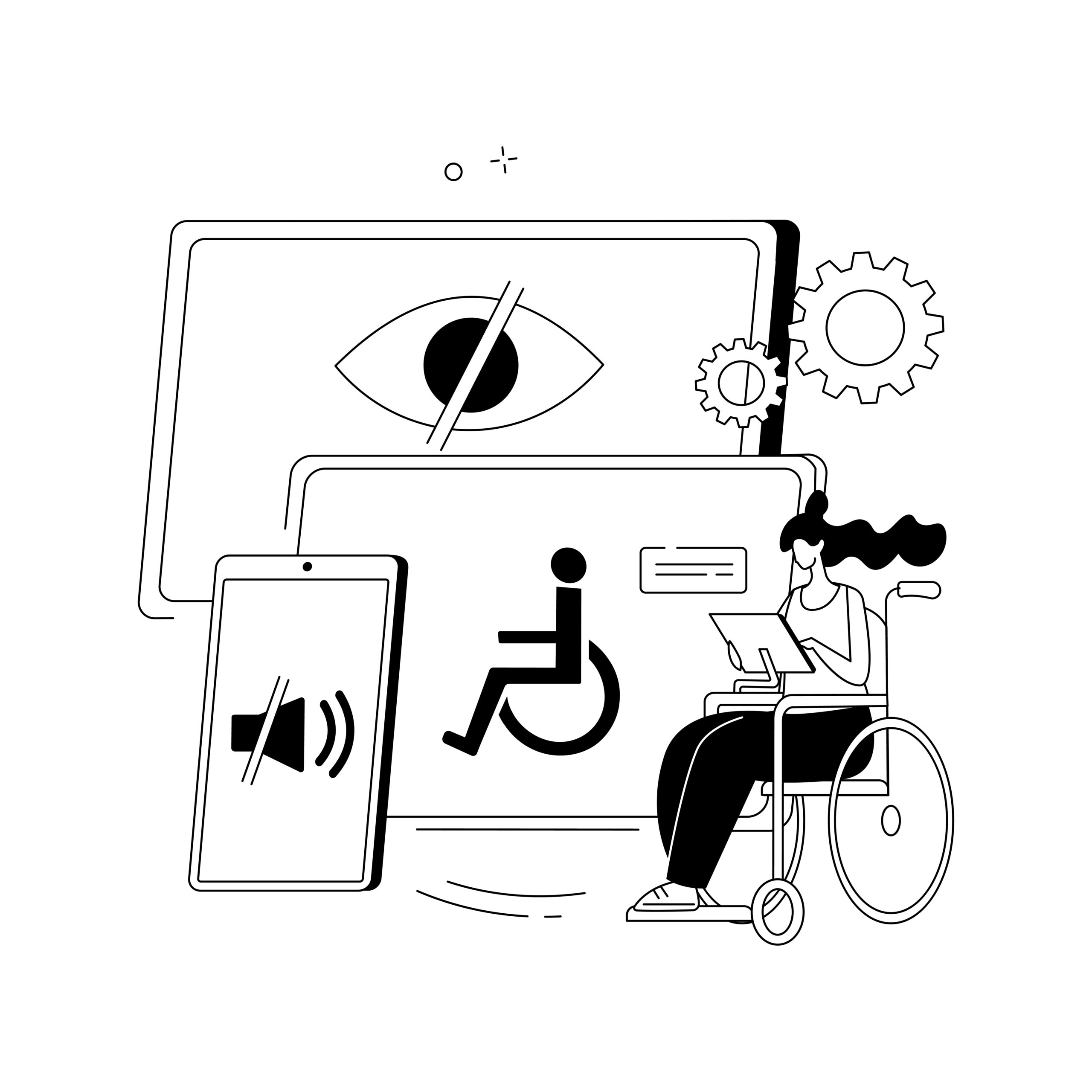Unique accessibility solutions go beyond standard adaptations by addressing the specific and varied needs of individuals with disabilities. They combine technology, design, and community input to create environments and tools that truly empower users. These solutions prioritize real-world usability and inclusivity, ensuring that accessibility is tailored, effective, and sustainable.
Innovations in this field range from digital tools like Braille notetakers to personalized architectural adjustments that consider individual mobility challenges. Companies and organizations are increasingly adopting participatory design approaches, involving people with disabilities in the development process to ensure practical and meaningful outcomes.
By focusing on tailored strategies rather than one-size-fits-all fixes, unique accessibility solutions create opportunities for people with diverse needs to participate fully in everyday activities. This approach shifts the focus from mere compliance to genuine inclusion and empowerment.
Innovative Accessibility Technologies
Technological advances now focus on practical, user-centered solutions to enhance daily living and communication for people with disabilities. These innovations improve physical mobility, enable clearer interaction, and support independent living in home environments.
Assistive Devices for Mobility
Mobility aids have evolved beyond traditional wheelchairs and canes to include powered exoskeletons and advanced prosthetics with sensor technology. These devices provide greater autonomy and reduce physical strain.
Smart wheelchairs equipped with terrain-adaptive features allow users to navigate complex environments safely. Portable stair-climbing devices and robotic limbs respond in real time to user intention, improving efficiency.
Some innovations incorporate AI for personalized adjustments. For example, smart prosthetics learn walking patterns to optimize comfort and balance, enhancing users’ physical capabilities.
Adaptive Communication Tools
Communication technologies now address a wide range of speech and hearing impairments. Devices such as eye-tracking systems and speech-generating apps facilitate real-time expression for people who cannot speak.
Augmentative and alternative communication (AAC) tools often include customizable interfaces. Users can select symbols or phrases that best match their communication needs, improving clarity and speed.
Advanced AI-driven translation services convert sign language into text or speech instantly. These tools bridge gaps between individuals with hearing impairment and the broader community.
Smart Home Accessibility Solutions
Smart home devices enhance independent living by automating tasks and increasing environmental control for users with various disabilities. Voice-activated assistants enable hands-free operation of lighting, temperature, and security systems.
Sensors that detect movement or falls can alert caregivers promptly, increasing safety. Automated doors and adjustable furniture improve physical accessibility within the home environment.
Integration with mobile apps allows remote monitoring and control. This connectivity supports both the user and their support network in managing daily routines efficiently.
Custom Approaches to Inclusive Environments
Creating truly inclusive environments demands solutions that respond to specific needs rather than a single formula. Focused adjustments improve usability and comfort, ensuring accessibility goals align with individual circumstances.
Tailored Workplace Modifications
Workplace accessibility requires precise adaptations to meet a variety of physical, sensory, and cognitive needs. Common modifications include adjustable desks, alternative input devices, and customized software that supports different abilities.
Employers often conduct detailed assessments to identify barriers unique to their workforce. This can lead to solutions such as specialized lighting for sensory sensitivity or voice-activated technology for hands-free operation.
Budget-conscious strategies might incorporate universal design elements that serve all employees while reducing the need for multiple one-off fixes.
Regular reviews and employee feedback ensure these adjustments remain relevant and effective as job roles and individual needs evolve.
Personalized Educational Supports
Educational settings benefit from tailored accessibility through individualized learning plans and adaptive technologies. These supports help students overcome specific challenges related to mobility, vision, hearing, or neurodiversity.
Examples include screen readers, Braille resources, speech-to-text software, and quiet sensory-friendly zones. Customized teaching methods and materials address varied learning styles and promote engagement.
Collaboration between educators, specialists, and families is critical to develop plans that reflect each student’s strengths and obstacles.
Ongoing monitoring and flexible adjustments allow supports to evolve with the student’s progress and changing requirements.


Leave a Reply